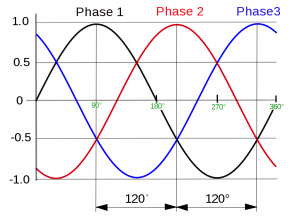 I came across this piece by a pair of pharmacists on the poison.org blog, from the National Capital Poison Center. I like the way it describes the progression of the opioid epidemic in three distinct waves. Each wave played a role in initiating or prolonging the epidemic beyond its projected life span.
I came across this piece by a pair of pharmacists on the poison.org blog, from the National Capital Poison Center. I like the way it describes the progression of the opioid epidemic in three distinct waves. Each wave played a role in initiating or prolonging the epidemic beyond its projected life span.
There are lessons for us there.
According to the authors, the epidemic actually began in 1991– incredibly, 28 years ago. The evidence: a rapid rise in the number of opioid-related deaths following an increase in opioid prescribing by physicians. The reasons for this dramatic and unexpected shift in longstanding medical practice have been discussed elsewhere, so I’ll settle for noting that by 1999, the vast majority of opioid use was for “noncancer” pain.
Not surprisingly, with so many opioids in circulation, diversion was a major concern. I recall a case from the Nineties where a local independent pharmacy was unceremoniously shut down for selling pills out the back door after regular business hours.
Then came the pill mills, and that got the media interested.
A second wave, claim the authors, began in 2010, as evidenced by a shift to heroin as the principal culprit in overdose fatalities. Most heroin users readily admitted to getting started with prescription opioids, helping us to link the two problems. That led to a corresponding increase in IV use, which resulted in a host of other health and medical conditions. It drew rapt attention from public health authorities.
They date the third wave from 2013, with the intrusion of fentanyl and other synthetics into widespread use. Most of the fentanyl in the heroin, coke or meth is from illicit sources, rather than diverted. The drug is remarkably cheap to produce and a little goes a long way, especially as an adulterant for other common substances. Now we see reports from users who believed they were taking one substance, only to find out later they got quite another.
I’ll keep this short and to the point: A bill was just signed by the President specifically to put a stop to this epidemic. It includes, among other measures, some $8 billion dollars in funds. That’s terrific. Let’s hope it works. The experts suspect it’s still not quite enough, but it can’t hurt, right?
Still, if the epidemic is already 28 years old, then how much more effective would these steps have been if they had been initiated way back when? Even 20 years ago? Instead of in 2019.
And could there be a fourth wave of the epidemic, yet to come? Perhaps involving some of those other substances already in evidence?










